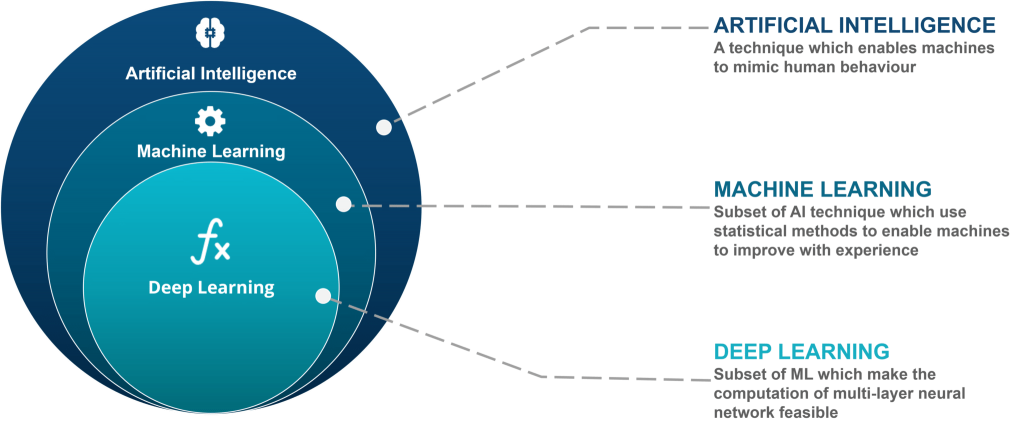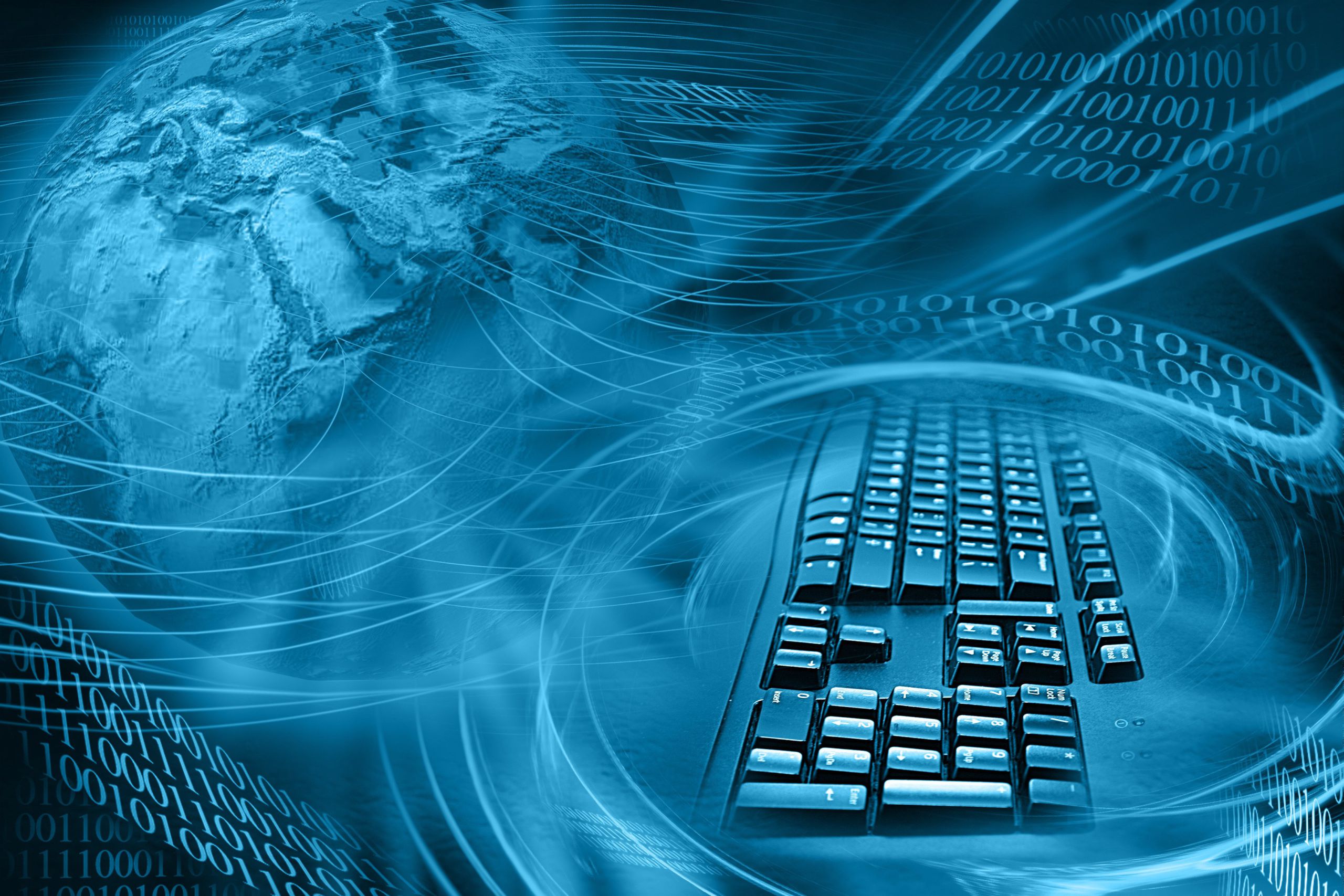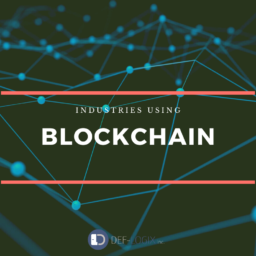AI, or Artificial Intelligence, is a field of computer science that focuses on creating computers that can operate as independently and intelligently as a live human being. For machines to be capable of acting with intelligence, they must be supplied with an ample amount of information about their surrounding world to build a knowledge base. A knowledge base that is fed info from input and experience.
AI is certainly linked to Machine Learning. Machine Learning can best be described as a method that uses computer algorithms and data-driven models to train machines to well, ‘learn’. ML is a subset of AI that investigates complex data patterns to conclude, make predictions, and build up knowledge through repetitive learning.
Machine Learning models are not told by humans what to do and how do to  it through programming, but instead, these models are provided information to analyze and compare. To best sum up ML is like a child that learns to speak and even walk. Just like a child that builds tools for itself to operate in an environment, an ML model does the same for machines.
it through programming, but instead, these models are provided information to analyze and compare. To best sum up ML is like a child that learns to speak and even walk. Just like a child that builds tools for itself to operate in an environment, an ML model does the same for machines.
Supervised Learning
In supervised learning, machines learn from labeled data sets. Machines take them as input, detect patterns, and further label that data. They will get the correct answers so the predicted output will create the best solution to the problem.
Unsupervised Learning
Through this method of learning, data is not labeled or sorted. Machines act with no guidance and group information according to similarities and discrepancies. Through repetition and recognition, the machine can then process that information without guidance of a human, thus it is unsupervised learning.
Reinforcement Learning
Through this approach, algorithms learn by trial and error then choose the solution that yields the best results. Typically, this method of learning is applied to robotics, navigation, chemistry, and gaming.
Though we will tackle deep learning in a much deeper context later, the idea of deep learning is it can be considered a subset of Machine Learning that  uses artificial neural networks to imitate how a human brain works to acquire knowledge. The algorithms that stem from here are capable of learning unsupervised from unlabeled and unstructured data by performing tasks over and over again until it yields the result needed. Think of the first time you learned to ride a bike or swim. The first few times were rough but as time went on-and-on, your level of comfortability increased riding a bike and swimming.
uses artificial neural networks to imitate how a human brain works to acquire knowledge. The algorithms that stem from here are capable of learning unsupervised from unlabeled and unstructured data by performing tasks over and over again until it yields the result needed. Think of the first time you learned to ride a bike or swim. The first few times were rough but as time went on-and-on, your level of comfortability increased riding a bike and swimming.
Deep learning examples in the real-world include self-driving cars, cancer detection, and advanced machine language translation systems.
That was again a very high-level understanding of AI and ML, the two which can often be intertwined along with Deep Learning. Next time we will cover how AI can be integrated into your marketing mix and overall business operations.
Just like a child that builds tools for itself to operate in an environment, an ML model does the same for machines.





